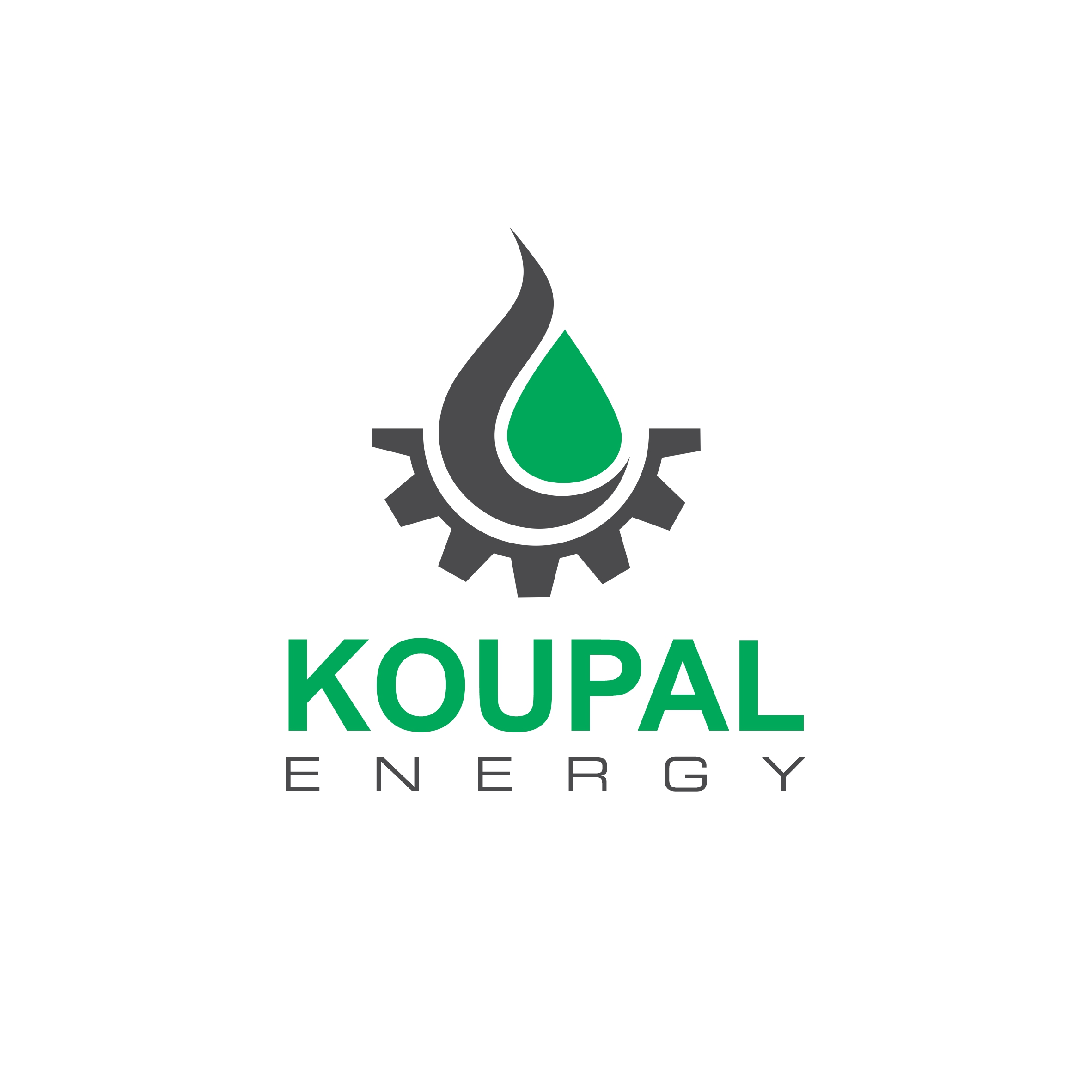Speaker
Description
Most of the world's oil reservoirs are carbonate and are often in the secondary stage of production. Foam injection could be a highly effective method for improving displacement efficiency, increasing production rates, and enhancing oil recovery mainly by reducing issues like fingering and channeling during gas-injection based processes. In this study, a fractured carbonate reservoir was simulated using a reservoir simulator to investigate the foam behavior through carbonate, fractured porous media. Sensitivity analysis was performed on key foam injection parameters such as foam viscosity, foam flow rate, oil saturation, and matrix width and height to estimate oil recovery factor. Then, a smart proxy model was developed using two machine learning algorithms, Support Vector Machine (SVM) and Random Forest (RF), to predict oil recovery as a replacement for the complex reservoir simulation model. Among these algorithms, RF showed better performance with a R^2 of 0.9990 and RMSE of 0.2564 for predicting oil recovery. Finally, it was found that the smart proxy model could be used as an alternative to complex fractured carbonate simulation model for predicting and optimizing oil recovery factor using foam injection, reducing the computation time and optimizing the process.
| Student presentation contest | Opt in |
|---|---|
| Student Poster Contest | Opt In |
| Journal Submission | Consider for Journal Submission |




